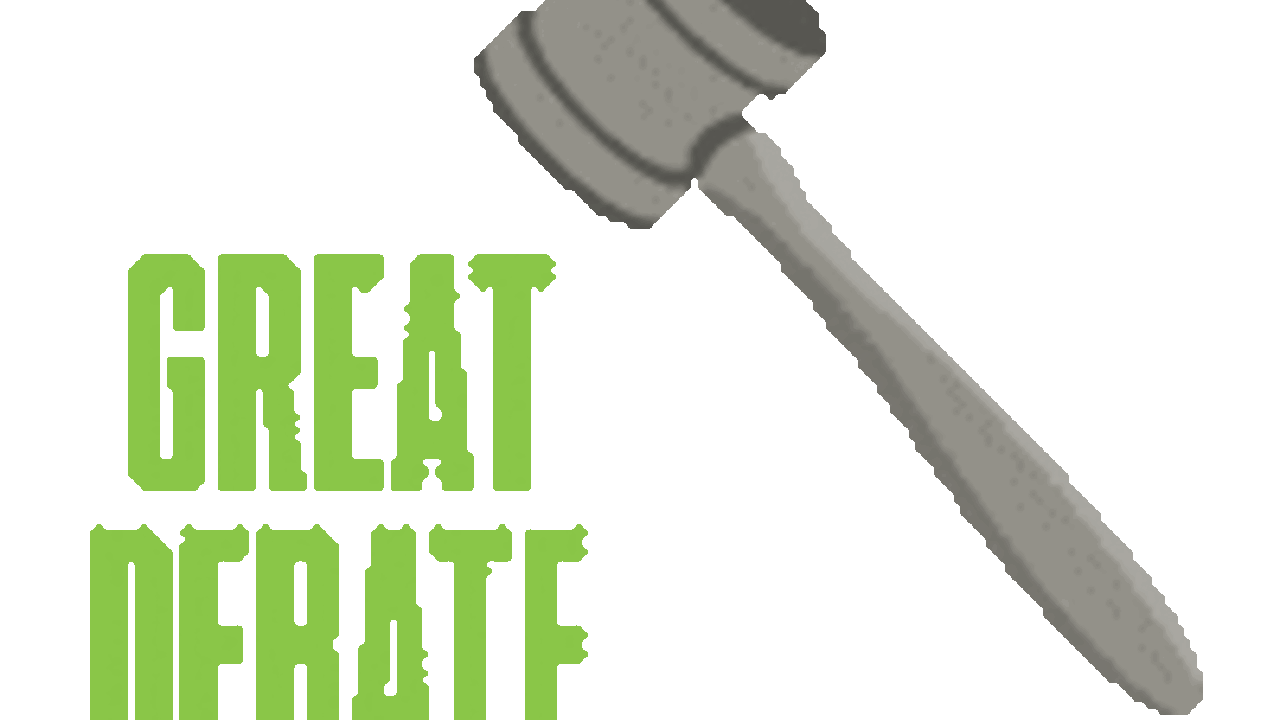The Great Debate: Unilateral vs Bilateral Training
Feb 14, 2022
If you’ve ever been on the internet browsing strength and conditioning articles, conversations, or Instagram you’ve inevitably come across a rather strong opinion on the superior training stimulus… Unilateral or Bilateral?
Well, I’m here to settle this debate once and for all. WE NEED BOTH. How’s that for a controversial opinion?
Instead of wasting our breath fighting a pointless fight, let’s try and understand the context a little more and break down the demands of each.
The concept of achieving strength symmetry has always made sense to me and is true post-operatively as well, so why not for every day training/health. Now, don’t get me wrong, there are some bold “if this, then that” claims surrounding strength symmetry and pain, but in reality, that’s not how it works. Pain is far more complex than boiling it down this simply, but by understanding a discrepancy in strength symmetry is an of opportunity to attack and seeing what happens, it’s relatively low risk.
Story Time
Let me tell you a story of an old client of mine. She was a badass masters Olympic weightlifter who had been stuck at a back squat PR of 300lbs. When she came to see me, she noted that she tried almost every back squat strength cycle out there without being able to break this 300lbs plateau for 5 years! *Challenge Accepted*. When I took her out to the gym for testing, I found that she could front rack step up (a test of unilateral leg strength) 45lbs for 9 reps on her Right leg, but was only able to perform 6 reps with 15lbs on her Left leg! A significant unilateral discrepancy! The interpretation here is we have strong athlete BILATERALLY, but relatively weak UNILATERALLY and with a big discrepancy R to L. To me as a coach, this SCREAMS area of opportunity! Now, we need to test our theory “If we improve unilateral strength, what happens bilaterally?” Well, I will tell you… After a 6-week cycle of front rack step up while maintaining here normal Oly training, but stepping up instead of squatting for strength, she re-tested her back squat for a new PR of 330lbs. 30lbs of untapped potential! Just by identifying what needed to be addressed in the strength profile!
The misconception that strength symmetry is the end all be all in training decisions couldn’t be further than the truth! It’s simply 1 piece of the puzzle that fits within your client’s training program and increases their unilateral strength attribute if needed!
Understanding Training Demands
Unilateral training is an excellent addition to any bilateral program as it allows for 1 limb to be trained at a time and can help increase overall volume at relatively lower loads to the nervous system (yes, this is a good thing). Unilateral variations also allow us to train stability and control in a different way than bilaterally. It’s important to note that unilateral movement is PART of bilateral movement and thus gives us great investigative or assessment opportunity (think uncovering a discrepancy)!
Bilateral training provides the highest opportunity for loading! This is absolutely a good and necessary thing! But how much performance is being left on the table simply because we neglect force production in a balanced way!?
Template and group programs are generally bilaterally biased which gives us excellent opportunity to provide value and provide a complimentary offering to our clients!
Keep it Simple
What we prescribe for strength work should be dependent on the area of need for our clients and the demands in which they are looking to express their fitness! A good coach writes a well-rounded program, a great coach writes one that accounts for corners!
If your athlete has a strength discrepancy right to left, program to balance that out while they train other patterns!
If your athlete is relatively weak unilaterally compared to bilaterally, program to improve unilateral strength and see what happens bilaterally!
If your athlete is relative weak bilaterally compared to unilaterally, program to improve bilateral strength!
Simple = Effective.
Remember, strength is only one component of the Client Attribute Profile! We need more data points to form the whole story, because as always, context matters!
Interested in learning more?

